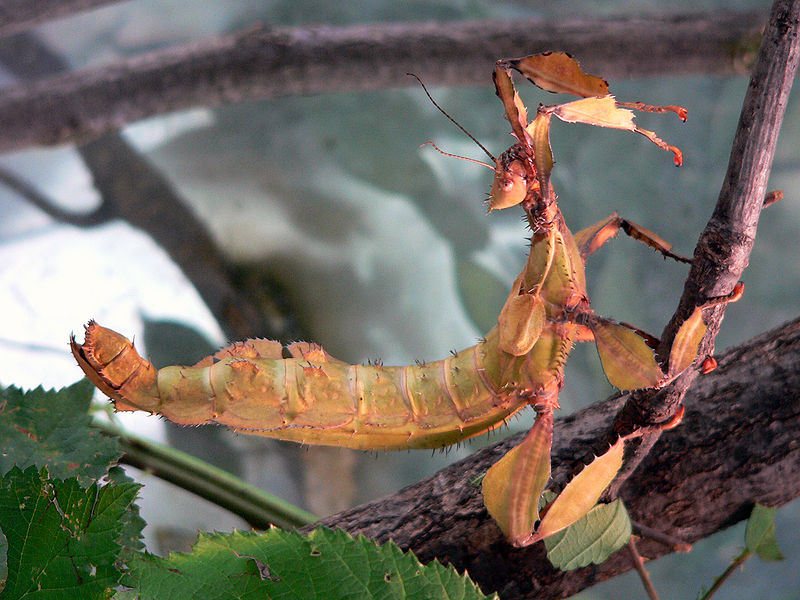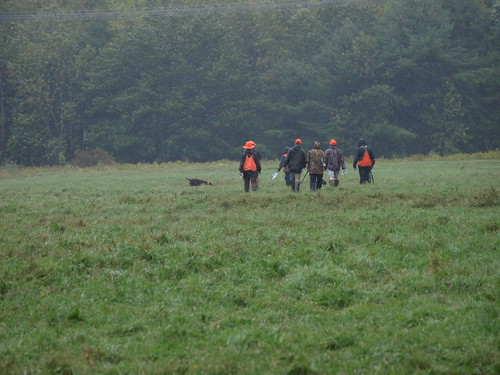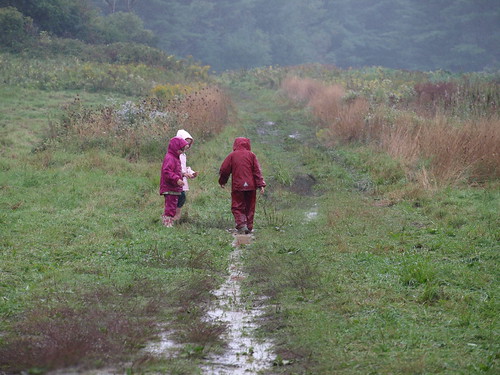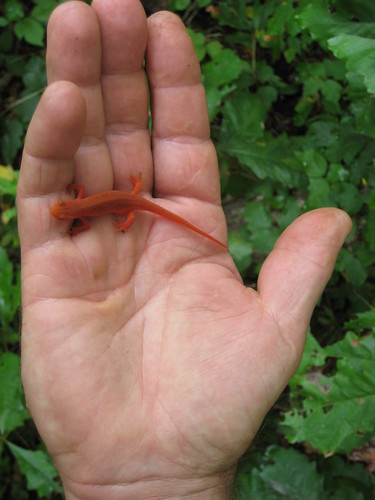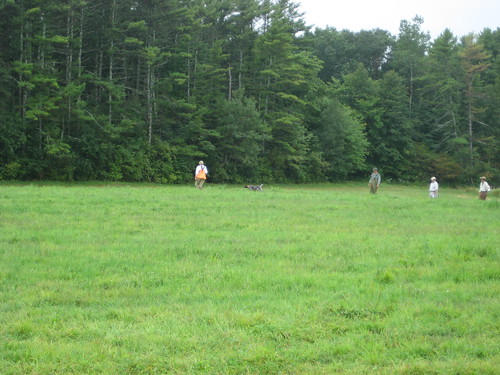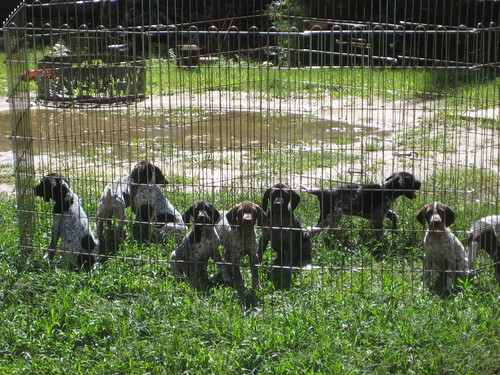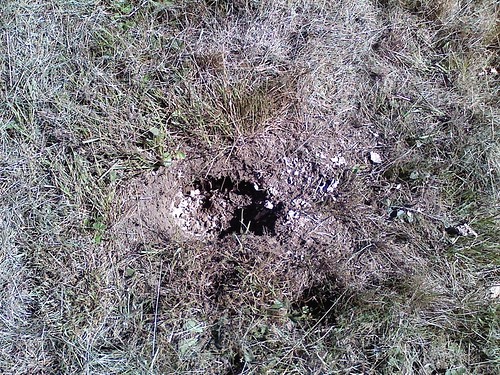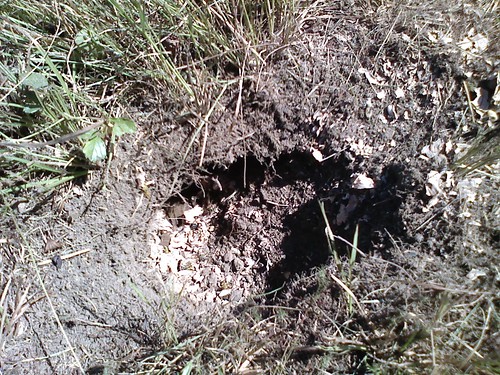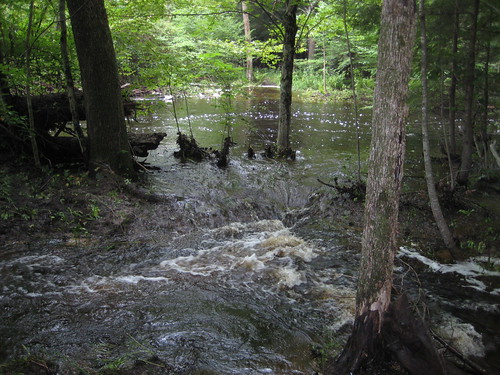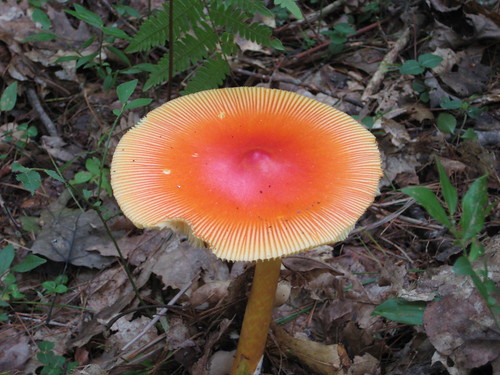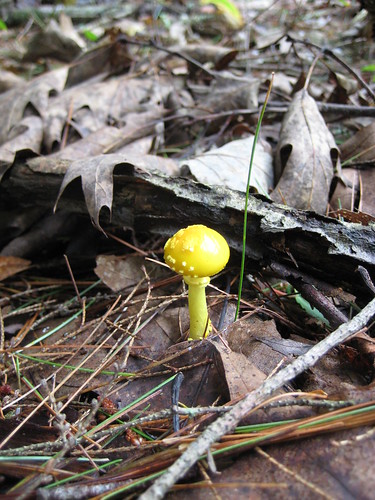My friendly neighborhood spidey-librarian got me a copy of Six Legs Better – a book I’ve been interested in reading since Pluvialis pointed me at Charlotte Sleigh in a comment she made. I’m only 60 or so pages into it, but so far it’s really interesting – an examination of how the study of ants has linked back to larger topics in science and society. A nice middle ground between faux-Kuhnian relativism and ivory tower idealized science (Pluvi – what’s the right word for the latter?):
The scientists and naturalists discussed in this book studied ants for their own sake, and often did so with remarkable passion. They did not merely adopt ants instrumentally as vehicles for social and political agendas. Yet neither could they step outside the cultural frames within which they operated. In each case there was a two-way traffic between science and broader culture, with the culture shaping the questions posed by scientists and the scientific answers in turn directing cultural views, reinforcing or slowly altering conceptions of the natural and its significance for the human condition.*
To go along with the reading, I moved The Naked Jungle to the top of my Netflix queue. I gotta admit – all I remembered of the movie (from a Saturday morning creature feature long ago) were the !attack of the marabunta! scenes – turns out the movie is mostly about Christopher Leiningen’s psycho-sexual confusion regarding his mail-order bride. I can’t decide what the right frame is to put around Chuck Heston’s scenery-chewing – 50’s? Turn of the century? 1954’s idea of 1901? Or how it looks from where I sit right now? I couldn’t for the life of me move out of my right-here-right-now reaction to Leiningen’s problem – in a phrase, what a douchebag. Leiningen freaks when he finds out that his talented, pleasant and very attractive new wife is a widow – yes kids, another man has already had carnival knowledge of her. This is an especially serious issue because Leiningen is a virgin. I guess he has some 1st time performance concerns. Pinhead. I’ve been listening to a lot of Elvis Costello recently – Mystery Dance fits, but I really like these two bits from Two Little Hitlers:
You call selective dating
For some effective mating…
You say you’ll never know him
He’s an unnatural man
He doesn’t want your pleasure
He wants as no one can
He wants to know the names of
All those he’s better than
But, of course, the ants (standing in for the rainforest/Ma Nature) are held off, and Joanna Leiningen’s bravery wins her husbands heart. Yay!
Went off to the Manchvegas herp show on Saturday to pick up various and sundry food items. Andy the phasmid guy was there and had some young Macleay’s Spectres (Extatosoma tiaratum) – I couldn’t resist. I’ll post some pix when she’s a little bigger. In reading up on their natural history, I was semi-surprised to find a commensal relationship with – you got it – ants:
The outside material of E. tiaratum eggs consists of lipids and other organic compounds that ants identify as food. They carry these eggs to their colony, consume the edible outer portion, and dump the intact eggs into their waste piles.
Newly-hatched E. tiaratum nymphs are ant mimics and resemble the insects in whose nest they are born. Their aposematic pattern — orange head, white collar, the rest black — mimics the ant genus Leptomyrmex and makes them appear toxic. Although most adult stick insects are notoriously slow, these nymphs are speedy, active, and quickly make their way to the trees.*
*
Last, but not least, this post over at BLDGBLOG caused me to immediately order Ant Farm: Living Archive 7(yes, I know I’m pushing it, connection-wise). It came in on Saturday – I haven’t had a chance to do more than leaf through it, but chapter/section/part III looks esp good – “Projects for a New Mobility”. Ferrocement! Inflatable structures! Media/culture jamming! Info on a current Ant Farm project here.

